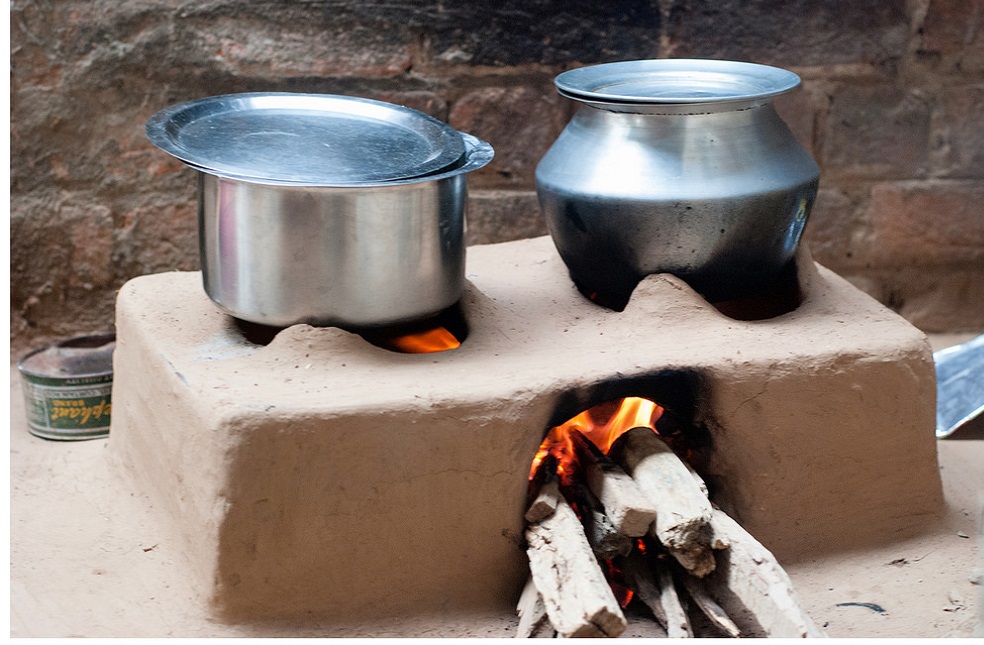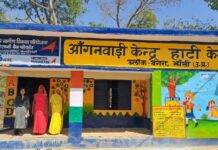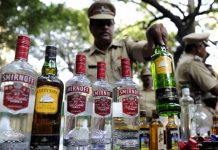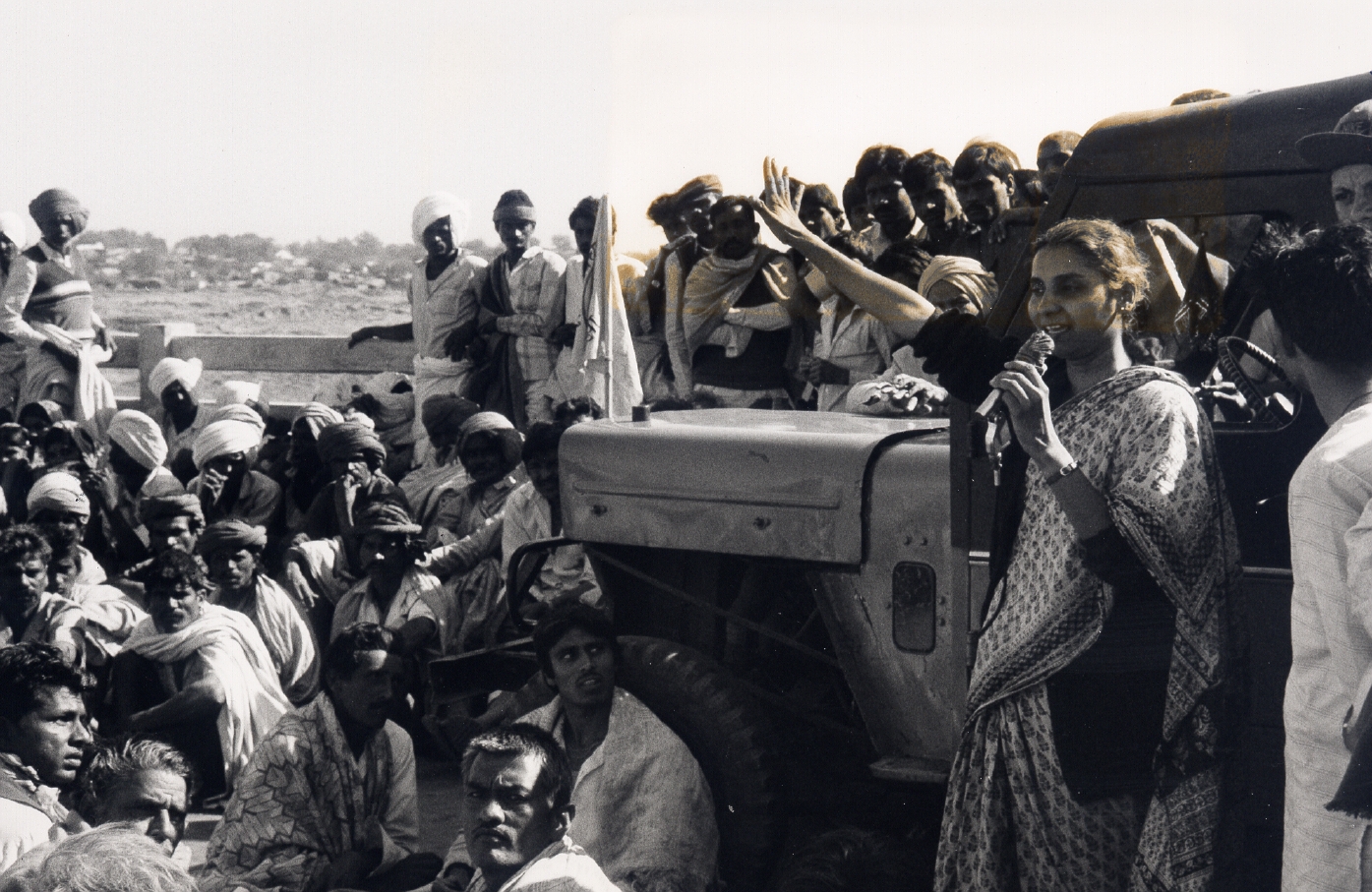When I first met Roshni Devi in her Zamrudpur home in North-east Delhi, I found her making use of a temporary gas cylinder to cook a meal of dal-chawal for her family. She didn’t have a permanent gas connection because of the lack of documents and thus relied on a two-litre gas cylinder to meet her family’s needs. Two-litres of gas costed her around Rs 200 and lasted for hardly four days, with her meagre income as a domestic help this was nothing short of a perpetual worry.
The narrative of Shakuntala Kumari from Bihar’s Gaya district is also meaningful enough to offer us a glimpse into the failure of a scheme such as the Pradhan Mantri Ujjwala Yojna.
The scheme that was launched in 2016 promised to provide subsidised LPG connections for rural households by providing them a free gas cylinder, a regulator and a pipe.
What cannot be denied looking at the statistics from the four states of Bihar, Madhya Pradesh, Rajasthan and Uttar Pradesh is that while more and more rural families now formally have access to LPG, they are still quite vulnerable to returning back to the old practice of using the classic Chulha. The use of the chulha/traditional stove is still quite popular and most of these families are susceptible to using it whenever attaining a refill becomes tough or the prices of LPG become unaffordable for their families.
Just 27% of the families surveyed had been using the gas stove on a regular basis. Inadequate access to LPG connections along with difficulties in the procurement of the connection, price fluctuations and lack of adequate documentations are all contributing factors to widespread use of traditional fossil fuels for cooking and the usage of the traditional Chulha.
Moreover, the life trajectories of women like Gaya’s Shakuntala Kumari(53), Ghazipur’s Ruksaar Khan(27) and Bhilwada’s Kusum Chauhan(33) remind us that lack of access to sustained gas connections has also to do with gender inequality prevalent in our society.
Gender Inequality and Women’s Absence in Economic Decision Making
Recent studies have found that many families do not feel it necessary to spend on solid fuels and thus feel that spending on an LPG gas cylinder(even if it comes at a subsidized price)is far too costly. Women are forced to continue making use of dung cake while men may be engaged in cutting wood and collecting other material that may be used to light up the cooking fire.
So in households where women are not the economic decision makers, gender inequality creates a greater hinderance to a shift to LPG gas usage.
Most of the women that I spoke to across these states agreed that it was much more convenient to use the LPG gas cylinders but asserted their inabilities to bring about a total shift to LPG for their families. Families did not feel that the traditional Chulha could really cause so much inconvenience or could drastically affect her health. Even if they knew, it was hardly on top of their economic priorities.There was also widespread ambivalence to the fact that usage of traditional methods caused widespread air pollution and was thus harmful for both humans and the ecosystem.
From Chulha to LPG: Dream or Reality?
We must understand that in a country like India, the definition of poverty in India is quite different from what it is in many other parts of the world.
A person who can spend Rs 33 per day in rural India does not fall under the ambit of poverty and is not considered poor.
If we were to operate within such a parameter then the non-subsidised price of LPG cylinders is far too exorbitant to be afforded by such families.
Thus what is extremely important to note is that the success of a government scheme should not be judged by the number of people who have subscribed to it or the number of subscribers who have been added to it within a short span of time, but by measuring how much utility the subscribers are able to obtain from the scheme and to what extent people are able to use the facilities it provides.
Poor Homes, Costly Connections
What affected the affordability factor intensely was the fact that when the scheme was launched in May 2016, the price of a non-subsidised LPG Gas cylinder was Rs 554(Kolkata) but rose to Rs 781.5 in August,2018. Similarly the price of a subsidised gas cylinder rose from Rs 419.15 to Rs 499.48 during the same period. The rate fluctuation contributed further to the difficulty in affording the LPG.
What is interesting to note is that an article published in the Financial Express analyses the data on LPG gas connections and says that the market leaders Indian Oil Corporation had released 48 lakh connections under PMUY in the financial year 2017-18 but 27 lakh out of the 48 lakh beneficiaries didn’t return for a re-fill at the end of the financial year.
Moreover, Bharat Petroleum issued three million connections in 2018 out of which 1.7 million had not returned for a single refill until March 2018.
It is indeed a good time to ask ourselves whether we should really be celebrating a scheme such as the PMUY when the statistics on the LPG gas connectivity paint quite an unsatisfactory picture. Moreover, as we see billboards and hoardings across our cities depicting the happy faces of rural women at having attained an LPG gas cylinder under the government’s flagship programme, what we really need to ask is whether these women’s lives have been changed for the long-run or whether it is only a surface change. Behind their radiant smiles, is there a state-led commitment for their future?














